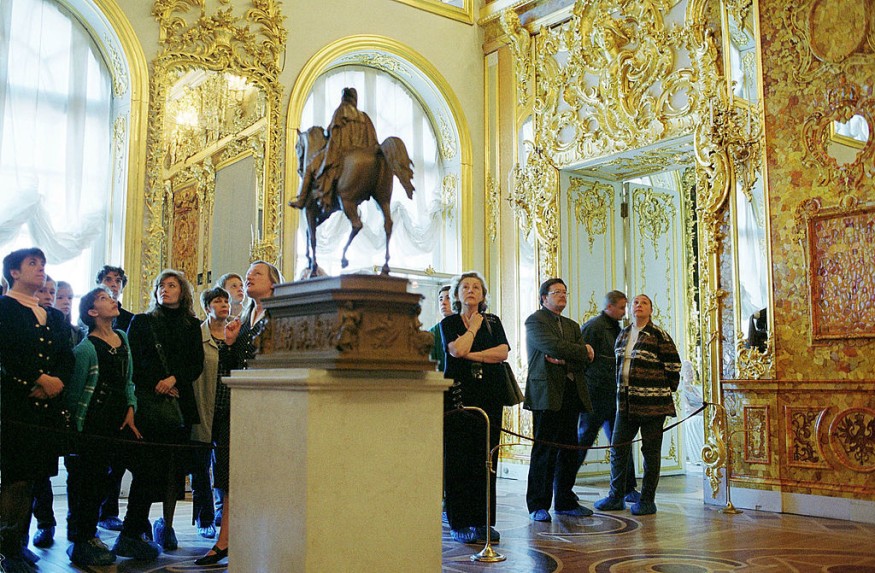
Scientists discovered a fossil bug in Baltic Amber 30 million years back, and believed it to be a result of what's known as convergent evolution.
The fossil showed grasping or raptorial legs, looking remarkably like a praying mantis, according to ScienceAlert. Scientists believe that the insect, having a long history of resembling the praying mantis, is a result of two organisms evolving similar traits due to having similar conditions, known as convergent evolution.
A Mantis lacewing fossil (Mantispidae) goes all the way back to the Cretaceous period (145 million years ago), but the recent discovery was said to be the first adult mantis lacewing fossil to be recovered from the Cainozoic (or current) geological era.
The researchers reported in Fossil Record the first adult of Mantispidae from Baltic amber and morphometric comparisons which "serve as a proxy for the breadth of ecologies and predatory behaviors within Mantispidae during different episodes of their evolutionary history," the authors wrote.
History in a block
While the study revealed that the fossil was very like the extant genus Mantispa, they called the new species Mantispa? Damzenogedanica to acknowledge the uncertainty.
For more than 34 million years, history has been preserved in Baltic amber deposits in northern Europe when the region would have been reasonably warm and temperate. The reason why so few of the mantis lacewings - which was believed to have evolved over the past 66 million years - has been preserved from that particular era could not have been due to inhospitable conditions.
To answer the underlying question, scientists noticed that there has been a decrease in the diversity of mantis lacewing legs since the Cretaceous and a less than abundant population. It was also known that the diversity of shape in these insects has never really recovered.
"The record presented herein illustrates a striking decline in the Mantispidae morphological diversity over the course of the Cretaceous and Cenozoic," conclude the researchers.
Amber: the ancient time machine
"Nothing makes for a time capsule quite like amber," ScienceAlert once quoted. "Sealed in the golden gloop, ancient life-forms are transported across eternity to the modern day, preserved in impeccable detail, in all their weirdness and glory."
The adult mantis lacewing preserved in Eocene Baltic amber was found at the Yantarny mine, Kaliningrad (Russia). According to the study, it originally belonged to the personal collection of Jonas Damzen, who acquired it from a commercial source in Yantarny, Kaliningrad District.
While the age of Baltic amber became a complex issue and "a matter of ongoing debates", the minimal age of Baltic amber appears to be from 34 million years ago, with recent studies pointing to a late Eocene age, the authors say.
Using microscopy and synchrotron radiation-based X-ray computed microtomography, the specimen was documented and examined, and eventually rendered the 3D volume of the animal.
"Inclusion in amber is an exceptional form of preservation," authors remarked in the published research. Nonetheless, certain phylogenetically informative structures can still be obscured regardless of the almost life-like picture and access to the finest of details technology has provided.
© 2025 NatureWorldNews.com All rights reserved. Do not reproduce without permission.





